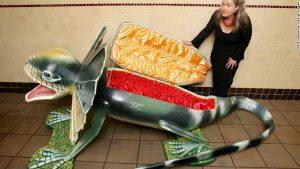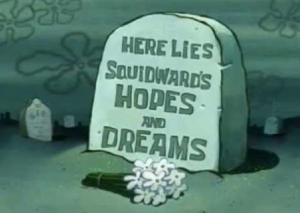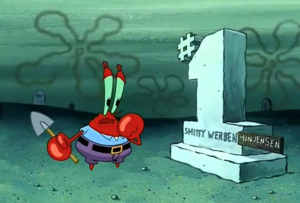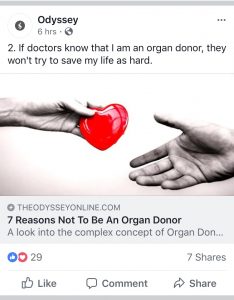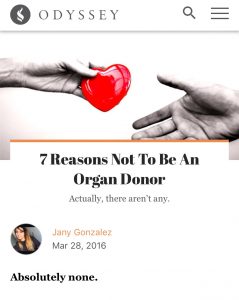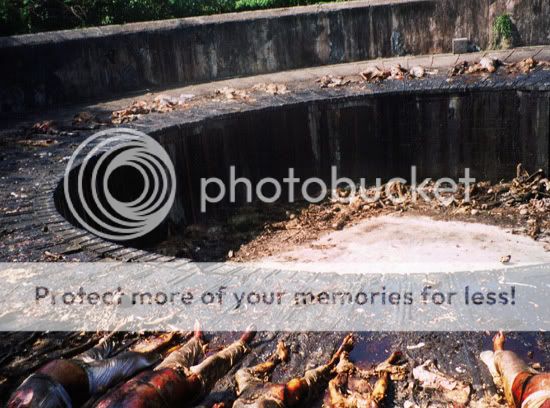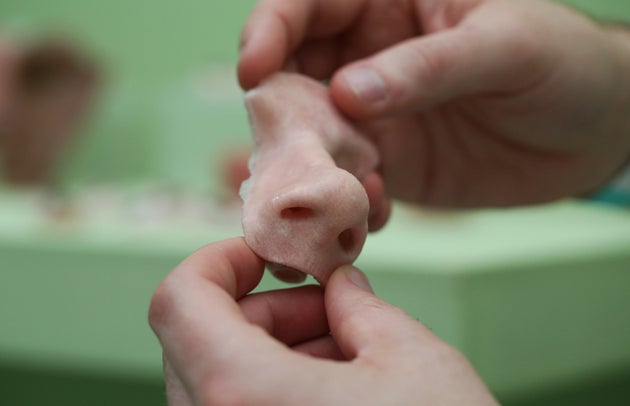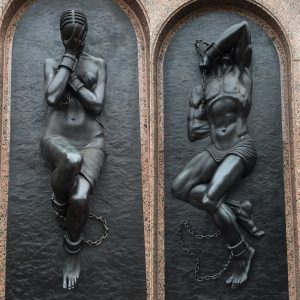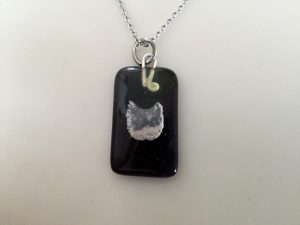As I was browsing Netflix in search of a new show – an extremely terrible idea with finals’ season approaching – a trailer for a new Netflix original series began to play. After being in this class for nearly a full semester, the first lines of the preview immediately caught my attention:
“Your body is not who you are. You shed it like snake sheds its skin.”
So, against my better judgement, I watched the first episode of Altered Carbon. (Don’t worry, I will not spoil anything). The show centers on the character Takeshi Kovacs who has just awoken in a new body after 250 years ‘on ice.’ While this is extraordinary to me, and I am assuming to you readers as well, for him and everyone else in his society this body replacement is perfectly normal. In this sci-fi universe, set about 300 years into the future, everyone gets a “stack” implanted at the base of their skull when they turn one. Each person’s stack stores and codes their consciousness. When they die their stack can be implanted into a new body, or “sleeve,” and they can continue living, but only if they can afford it. Sleeves are extremely limited. Thus far, it has not been made explicitly clear, but these sleeves seem to be the bodies of prisoners. Regardless, no one truly dies unless their stack is destroyed. It is technology that permits brain transplantation and with slightly less mess than previously imagined.
This kind of innovation would completely change the human perception of life and death. Humans would be able to outlive their own bodies. It would put immortality within reach. If someone had the means, they could go on living indefinitely. But brain transplantation would also create huge ethical dilemmas. We would have to determine if it is even morally sound to inhabit a new body. We would be forced to decide whose bodies would be for sale. Would we, like this show, use prisoners? Or, like Get Out, kidnap Black people? Or use losers in wars? Or would we, by then, have the technology to upload people into robots? We would also have to decide who could receive a new body, at what point in their lives, and how many times they could be transplanted. It would change everything.
Do you think our society will ever reach this point? Do you think brain transplantation is ethical? What are your ideas on whose bodies should/would be used? Would you ever want to be put into a new body?

